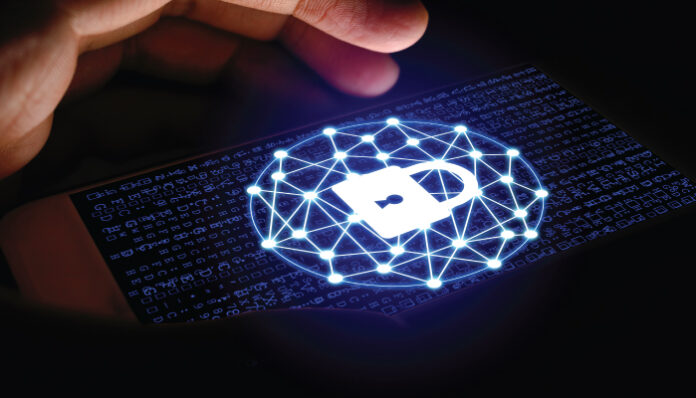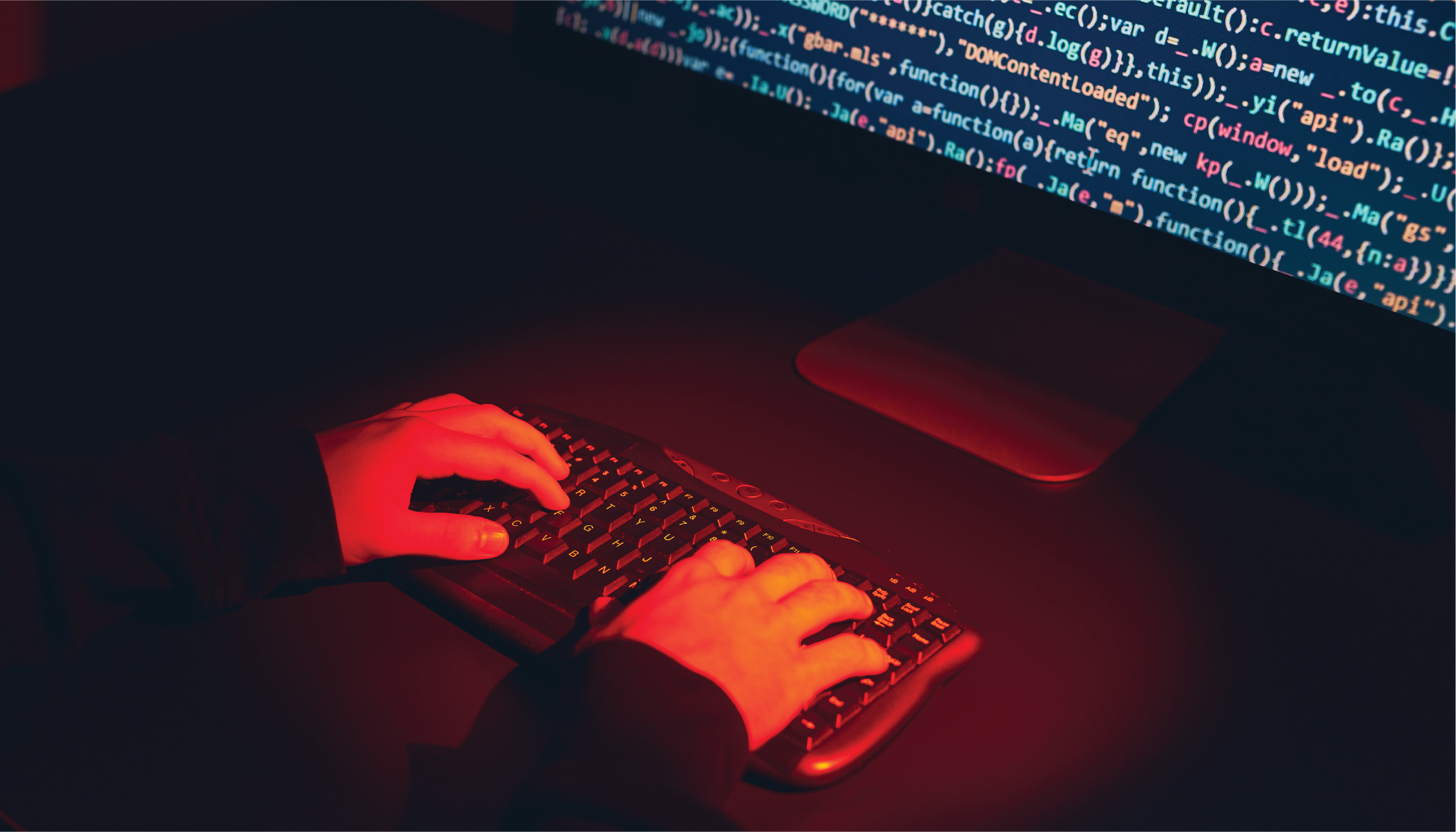Cybersecurity is a high-stress field by nature. The duties involved in protecting enterprises from a never-ending barrage of cyber-attacks are significant and extensive. There is no space for error since expectations for cybersecurity and IT experts are constantly rising.
Since more than ten years ago, technological advancement has been at an all-time high, and a worldwide pandemic has brought forth a wide range of new issues and demands. When they first enter the sector, cybersecurity experts are aware of the rigors of the job, but this does not shield them from the effects of persistent stress.
Cybersecurity burnout is escalating at a breakneck pace. According to the Global Incident Response Threat Report by VMware, in 2021, 47% of security professionals experienced acute stress or burnout, and 69% considered quitting their jobs due to stress at work.
Only 33% of respondents would advise others to pursue such a career, and the same percentage would probably discourage others from doing so as well. Organizations throughout the world won’t have much defense against a tsunami of cybercrime that is always expanding if turnover in the sector rises to match levels of burnout.

It is essentially impossible for cybersecurity experts to have a work-life balance because security teams are on call 24/7 throughout the entire year. Therefore, understanding how to prevent cybersecurity fatigue is crucial for companies and security leaders.
Allow guard changes on a regular basis
The digital vanguards are essentially people who specialize in cyber security, particularly those who work in cyber monitoring. They require times of rest and renewal so they can protect organizations from emerging risks while being vigilant and focused on threats. People entrusted with danger monitoring can avoid becoming overwhelmed by weariness and burnout by having a changing list of experts. Additionally, new eyes are always more vigilant in identifying and anticipating threats. Companies should think about choosing managed IT security services if their internal IT employees are already overworked.
Also Read: Addressing Cybersecurity Needs with Managed Detection and Response (MDR)
Invest in Diversity, Equity, and Inclusion (DEI)
Whether or not they are security-related, Diversity, Equity, and Inclusion (DEI) activities across teams have a substantial correlation with burnout.
Simply put, corporate boards would have more diversity if DEI were a priority for firms. Employees frequently feel as if they don’t belong if they see individuals who don’t resemble them on the board or even in the C-suite. Even though many people feel they are allies to underrepresented or minority groups, this belief doesn’t always apply to people who are on the other end of the spectrum.
The hiring procedure is one such. Unconscious bias develops when employers base job advertisements on the attributes of persons who have previously held those positions, and hiring committees may pass over applicants who do not fit the same demographic or socioeconomic level.
Automated resume-scanning technologies unfairly eliminate many qualified individuals; thus, HR has to rethink these methods. Additionally, hiring teams must keep in mind that skills can frequently be learned on the job. Therefore, the resumes of candidates do not necessarily need to match the job description completely.
There are plenty of personnel in the cybersecurity sector. Simply put, onboarding and training procedures are out of step with hiring and retention strategies. Firms can finally start investing in cybersecurity talent once they realize that talented people are their most fundamental yet crucial asset.
Consider project managers from a new perspective
Project management responsibilities in cybersecurity will never disappear because they are essential to guaranteeing efficient workflows and successful client communications. However, project management is not a chosen line of work for most persons who enter the sector. They don’t want to be in charge of scheduling meetings or producing progress reports in a specific style. They desire to disrupt things (ethically, that is). If the goal of business executives is to avoid burnout, they must also do what they enjoy more- utilize their ability to undertake high-value technical work in addition to project management.
Leaders can balance out the technical prowess of their team by bringing on a people person who is organized and capable of handling the administrative burden that comes with working in security. However, they shouldn’t stop there. The role of a project manager in cybersecurity should go beyond that of a task coordinator and customer advocate. Project managers today also require some technical expertise to be effective. When the security teams find significant vulnerabilities, they are crucial in comprehending and expressing the implications on schedules and budgets. There is a stark need for them to stay alert and involved.
Critically, the project manager could be in need of issues management abilities in order to assess a specific client situation and offer practical answers for moving a project forward. The vulnerability management program’s focal point should be the project manager, who constantly represents the client’s interests.
Project managers have always been very task-oriented. They established a project plan, communicated with a team, allocated tasks, and checked in on those activities on a regular basis to see how they were progressing. Project managers are increasingly taking on leadership positions in businesses as this project management method is on the decline. Along with guiding clients in the right direction, they are also guiding the entire team. As a result of this leadership opportunity, the project management function will become more exciting and security teams will no longer be responsible for only monitoring client relationships, minimizing burnout for both parties.
Also Read: Three Best Practices to Identify Cybercrime in a High-Risk Environment
Reduce reliance on overlay scanning by integrating compliance into daily tools
IT operations staff modify the infrastructure hundreds or even thousands of times every day. It takes a lot of haystacks sifting to find the changes that need to be tracked, verified, and reported on. The detection lag makes it laborious and less useful. Instead, enterprises can assist their operations staff in using procedures made to integrate governance and policy into the technologies they use every day, even for routine adjustments. By doing this, they will be able to return to their enthusiasm for spotting new risks and adjusting security posture, which will reduce errors, make compliance easier, boost actual security, and decrease errors.
“It is important that incoming CISOs and CSOs understand their role in today’s cyber landscape,” says Yoran Sirkis, CEO and Co-founder of Seemplicity. Traditionally, CISOs played a reactive role, fending off threats as they arose, but this has evolved alongside the growing importance of cybersecurity and its financial and organizational impact, adds Yoran. “Security leaders now need to know how to scale operations, an unmanageable task without the help of modern-day technology to automate tasks and streamline workflows.”
For more such updates follow us on Google News ITsecuritywire News. Please subscribe to our Newsletter for more updates.









